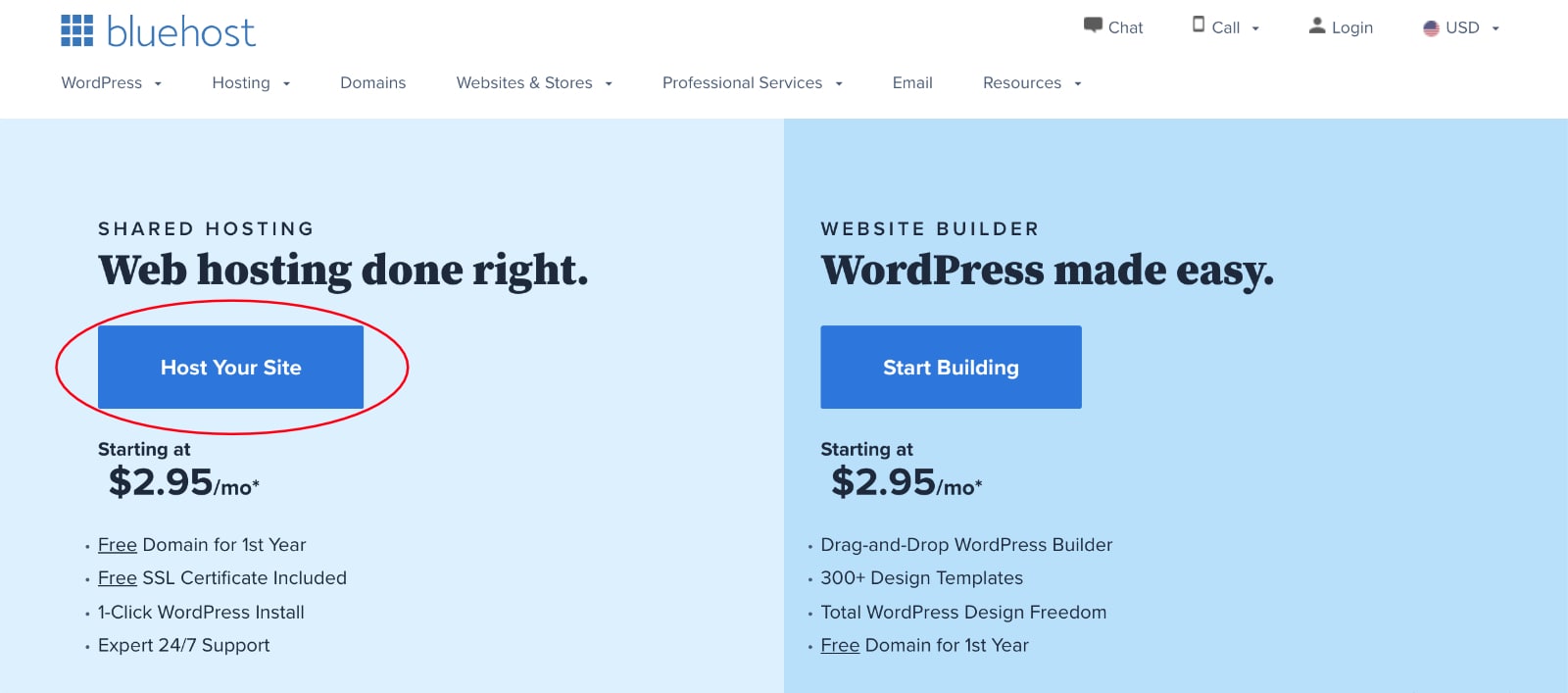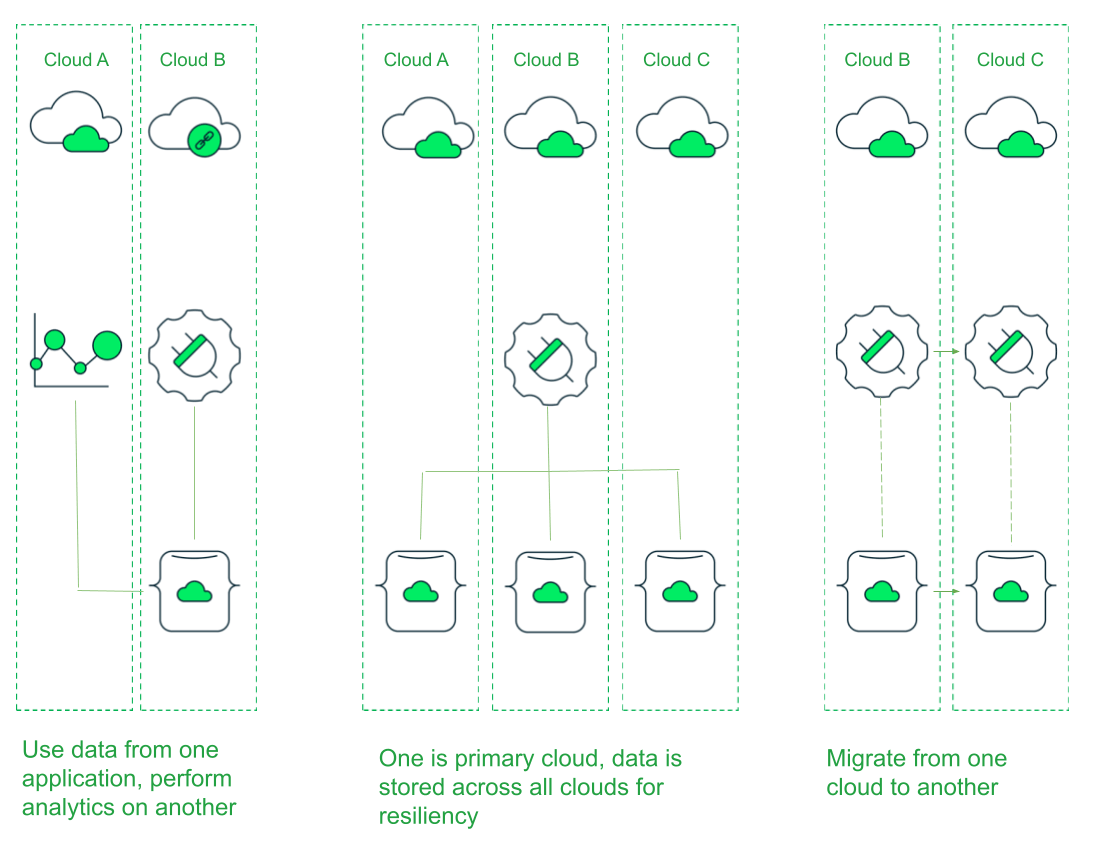
A web server is an computer that hosts files (such HTML documents, images and CSS stylesheets), for a particular website. HTTP technology allows the server to send these files directly to a browser on request.
A typical Web server is comprised of hardware components and software. Hardware component includes server and storage device (such as a drive). Software component includes components which control the way hosted content is delivered.
Static and dynamic web servers are available. Static servers transmit the files in their current state, whereas dynamic servers update them when the client requests it from the server database.
Google has built a lot of its own servers. The company's director for engineering, Ben Jai, said the company uses a completely different approach to infrastructure in data centers than most other companies. Google's data centers don't depend on massive machines for power. Instead, they use batteries that can be activated quickly and automatically if there is a power failure.

Google's battery design helps it reduce its energy cost, he explained. The company has also developed a system that calculates its Power Usage Efficiency (PUE), every 30 seconds. This allows engineers to create a predictive model to predict and adjust cooling to save energy.
Another way Google saves on energy costs is through a "defense in depth" strategy that includes industry-standard firewalls, access control lists, and other security measures to protect its network from malicious activity. These measures are designed to detect and remediate destabilizing events and to slow down potential attacks before they cause critical problems.
Its servers are also protected by proprietary systems that monitor for binary modifications and return them to their standard, non-modified state in the event of a security breach. Those automated, self-healing mechanisms are a crucial part of Google's efforts to protect its networks from exploitation.
In addition, Google's computers are protected by a suite of software that constantly monitors them for suspicious activity and reports it to the company's security teams. Google's server cannot be compromised by hackers from the outside.
Google's computers, meanwhile, are protected by hardware that can identify and fix memory leaks as well as other problems that may lead to system failure. These devices utilize magnetoresistive sensors that measure how much computer memory is exposed. They then re-load the memory as needed.

Google's internal internet, which spans 40 data centers worldwide, is largely built upon custom-built and proprietary tools, including a top-secret distributed file system called GFS and the platform Spanner that moves and replicates loads among its data centers when traffic or hardware issues arise.
According to Google's own numbers, 1.8 billion active users rely on the search giant for at least 27 petabytes of storage. That's more than enough space to store the entire Google database of user photos, documents, and other data.
FAQ
Can a strong portfolio make me more likely to get hired as web developer?
Yes. A portfolio is essential when landing a web designer or developer job. Portfolios should showcase examples of your skillsets and experience.
Portfolios typically include examples of past projects. These can be anything that shows off your skill set. Portfolios should contain everything, from wireframes, mockups, logos and brochures to websites, apps, and websites.
How much do web developers make?
A website is a project you can work on for your own money. You'll likely make $60-$80 an hr. But if you want to charge a lot more, you should consider becoming an independent contractor. An hourly rate of $150-200 could be possible.
How Much Does it Cost to Create an Ecommerce Website?
It depends on the platform you choose and whether you use a freelancer to build your site or hire a service provider. Most eCommerce sites start at around $1,000.
Once you choose a platform to use, you can expect a payment of anywhere from $500 to $10,000.
The average cost of a template will not exceed $5,000. This includes any customizations required to reflect your brand.
What should I include?
These are the things you should include in your portfolio:
-
Exemplaires of previous work
-
If you have one, links to it.
-
Links to your blog.
-
Links to social media profiles
-
Here are links to portfolios online of other designers.
-
Any awards you received.
-
References.
-
Examples of your work.
-
These links will help you communicate with clients.
-
These links show that you are open to learning new technologies.
-
Links showing that you're flexible.
-
These links show your personality.
-
Videos showing your skills.
Statistics
- When choosing your website color scheme, a general rule is to limit yourself to three shades: one primary color (60% of the mix), one secondary color (30%), and one accent color (10%). (wix.com)
- Is your web design optimized for mobile? Over 50% of internet users browse websites using a mobile device. (wix.com)
- In fact, according to Color Matters, a signature color can boost brand recognition by 80%. There's a lot of psychology behind people's perception of color, so it's important to understand how it's used with your industry. (websitebuilderexpert.com)
- Studies show that 77% of satisfied customers will recommend your business or service to a friend after having a positive experience. (wix.com)
- Did you know videos can boost organic search traffic to your website by 157%? (wix.com)
External Links
How To
How to use WordPress as a Web Designer
WordPress is a free software tool that allows you to create websites or blogs. You will find many features such as easy installation and powerful theme options. You can personalize your website with this website builder. It comes with hundreds of themes and plugins that help you make any site. You can also add your domain to the site. All of these tools make it easy to manage your website's appearance and functionality.
With the power of WordPress, you can create beautiful sites without knowing how to code HTML. You don't need to know any programming skills to create a professional-looking website. We will walk you through basic steps to set up WordPress on your computer. We will walk you through everything so you can do it at home.
WordPress.com is the most well-known CMS (Content Management System). There are currently 25 million users worldwide. Two versions of WordPress are available. You can either get a license from them at $29/month or you can download the source code for free.
WordPress is often chosen for its blogging platform because of many factors. One of the best things about WordPress is its simplicity. Anyone who knows HTML can create beautiful websites. You also have the flexibility to change your site's look and feel. WordPress.org offers many themes for free. This means that you can completely customize the look and feel without spending a dime. It is also highly customizable. Many developers offer premium add-ons that allow you to automatically update posts when someone comments on them or integrate social media sharing into your site.